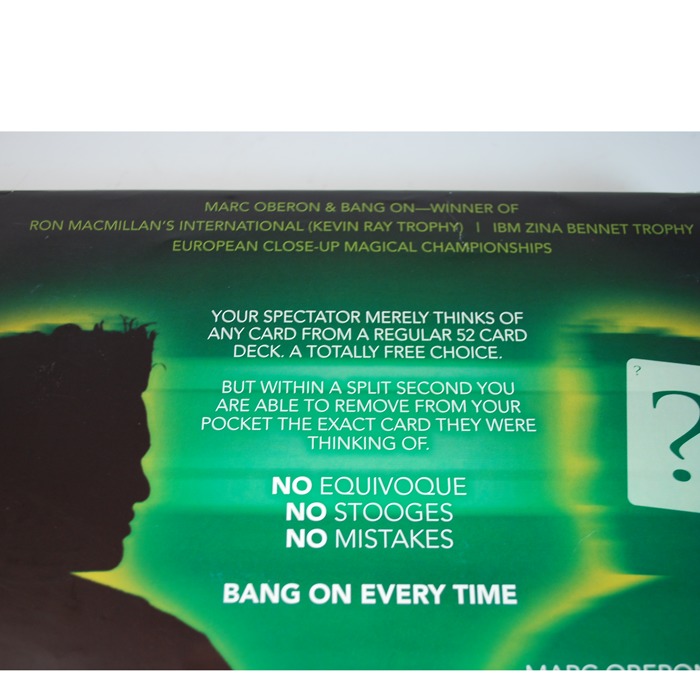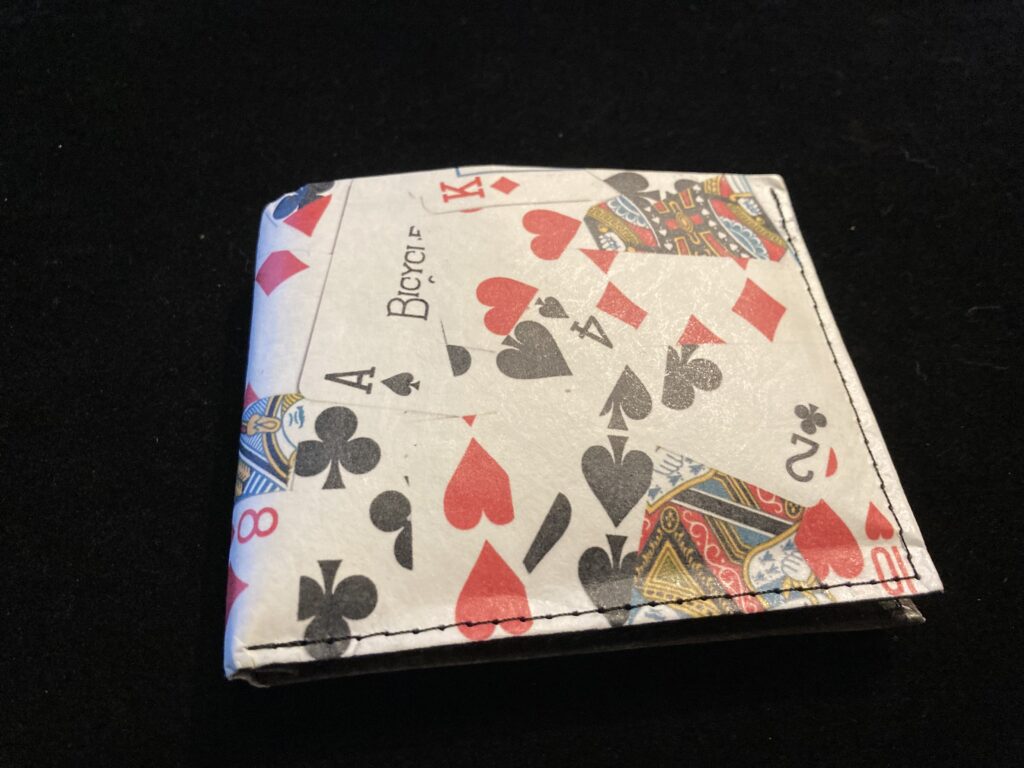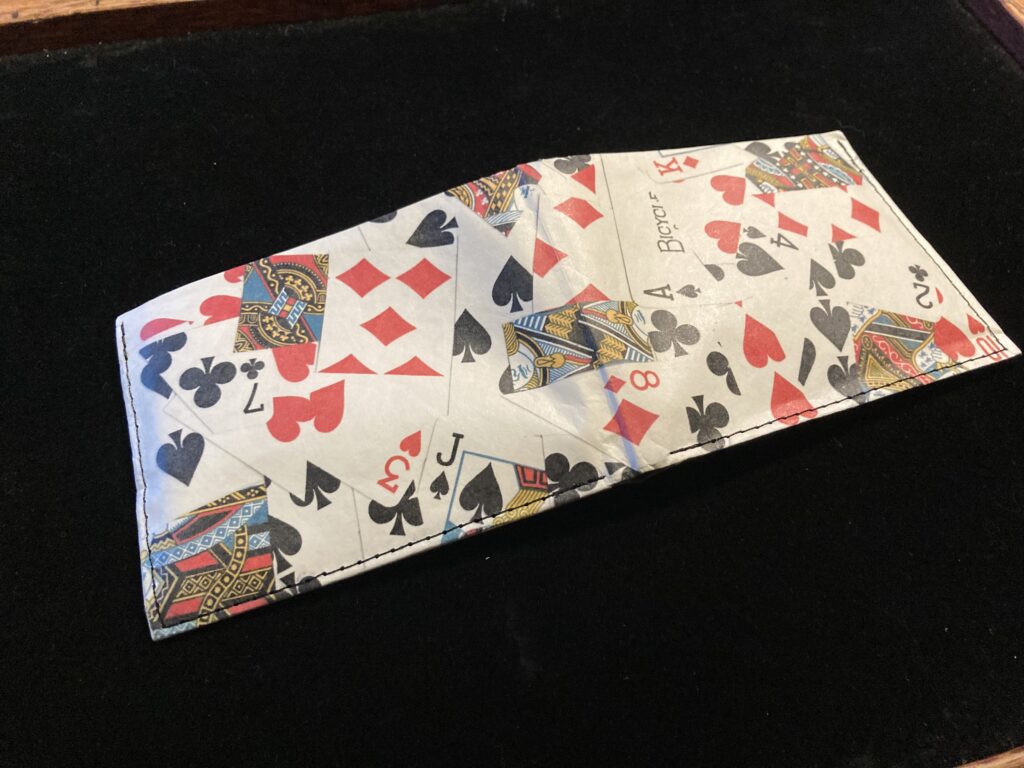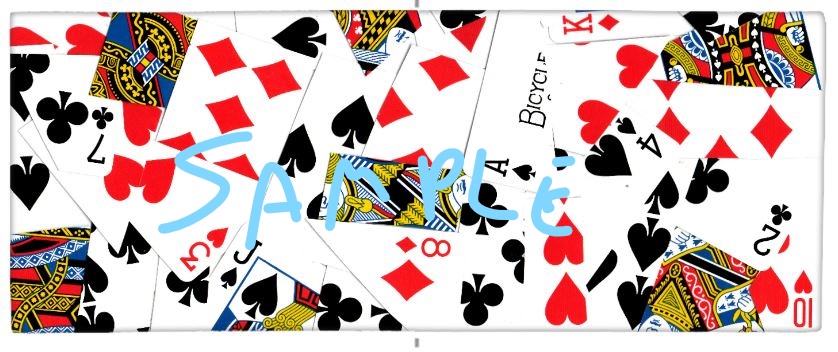When I was at Tokyo Disneyland at the magic shop, one of the things that stood out to me was how the demonstrator moved his hands. There was no wasted motion, it was very efficient.
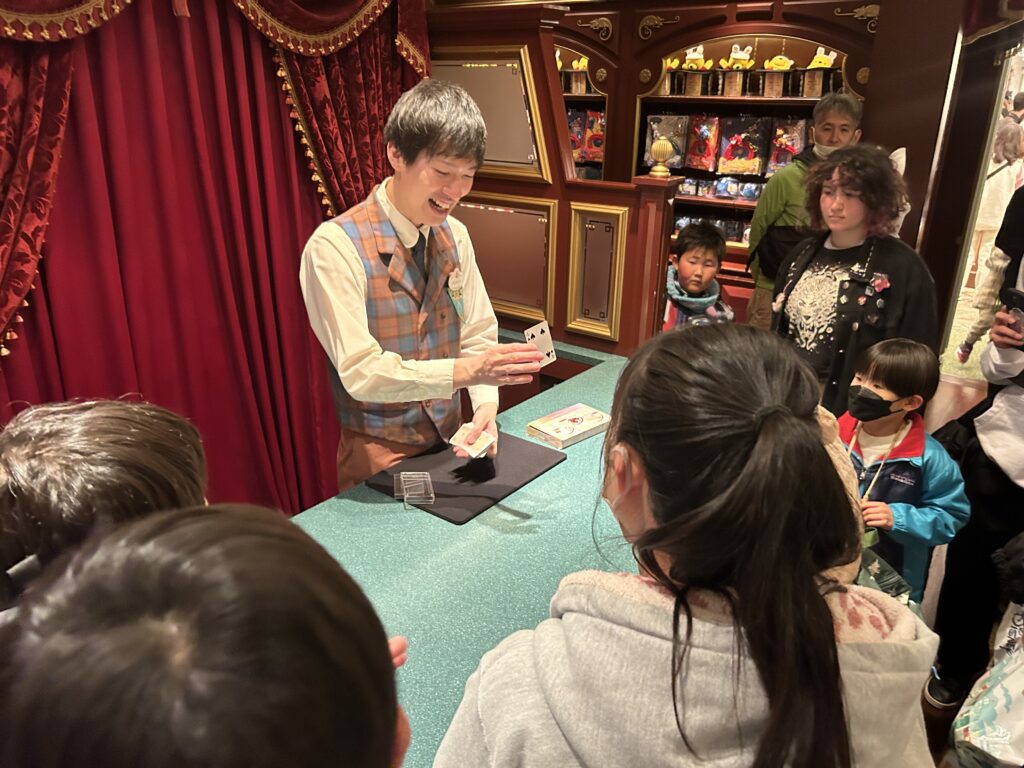
One of the things with sleight of hand is Economy of Motion. You don’t want more motion than is necessary to do the sleight of hand, or you want to try to reduce motion. However that is with hidden motion, and it doesn’t necessarily apply to the visible motions that are made openly. Sometimes doing something like taking a card and putting it into the deck doesn’t need to look efficient or slick. It can look sloppy and that sloppiness can hide the sleight of hand, or enhance the effect.
A good example of where I try to be less efficient is when I do card to wallet. I used to be soo efficient with removing the card from the wallet that some of the effect was lost. Now I take my time opening the wallet and fumble while pulling out the card. That reinforces that the card doesn’t fit easily into the wallet, so I couldn’t have easily snuck it into it!
Take a peek at what you do and figure out when to have as few motions as possible and when you need more!
-Louie



